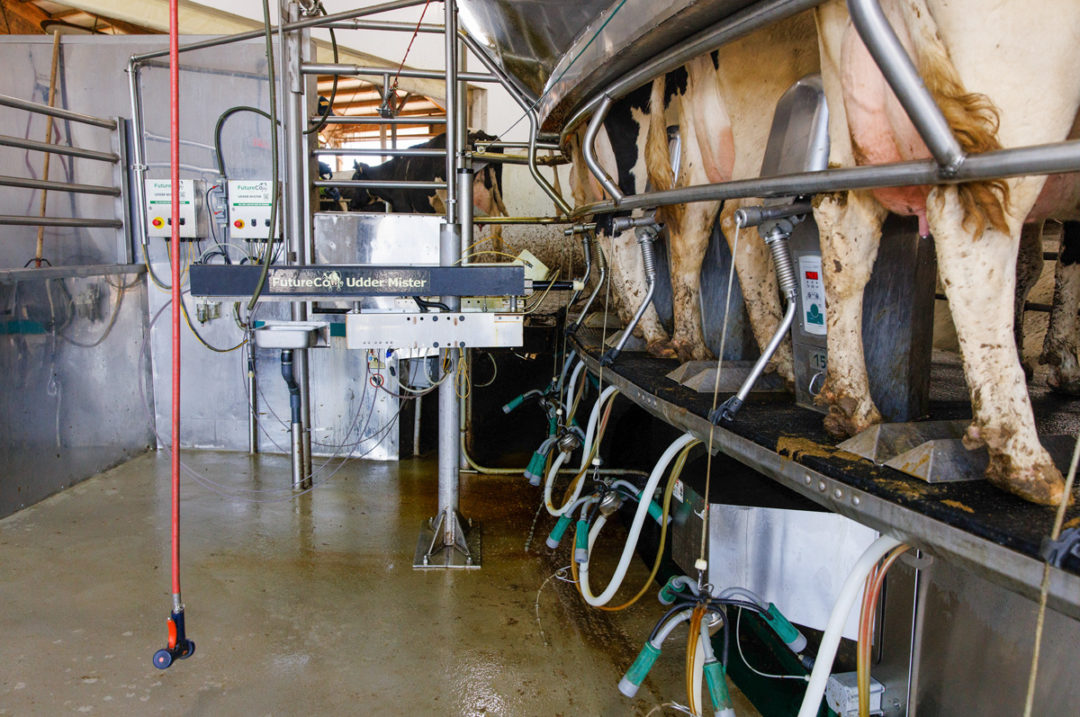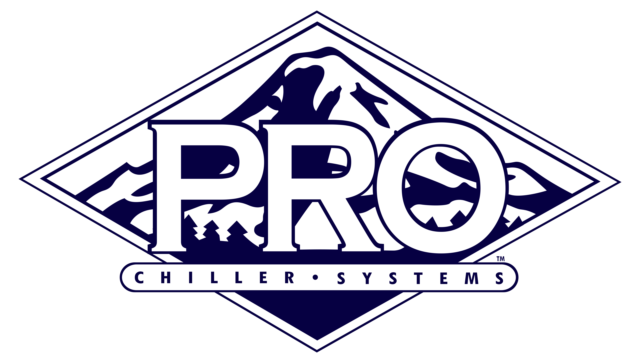Your best employee just left for a job in a different industry. You’ve been looking for a new parlor manager for what feels like forever and can’t find the right fit. Or maybe your kids are headed off to college, and you’re scrambling to find a replacement. Sound familiar?
Finding labor is a challenge. Especially in the past two to three years, labor shortages have grown, and not just in dairy. And as other industries experience the same labor shortages, there’s more competition for employees.
Partial automation can help address labor challenges by reducing the number of employees needed to complete certain tasks in the milking parlor. Delegating milking tasks to partial automation technology can reduce the stress of finding labor to do the task, help retain your current employees by making their jobs easier and bring the added value of consistency and improved milk quality.
Here are some considerations for planning and implementing partial automation technology in the milking parlor:
Calculate return on investment
Every dairy is a little different, and you need to decide what will be the right path for your goals. When considering partial automation technology for your parlor, balance the cost of labor versus the cost of investing in new technology. How will it pencil out for your farm?
Calculating return on investment (ROI) for partial automation technology is about more than just what you can save in labor costs. One of the biggest values of this technology is improved consistency. In most cases, a machine is more consistent than a human. Better consistency in milking processes with partial automation technology can translate to improved milk production, reduced somatic cell count and improved milk quality. These benefits to your milk check and herd health can’t be overlooked when determining ROI.
Another consideration is parlor throughput. Depending on your parlor type, improved consistency and efficiency with partial automation can increase parlor throughput and allow you to milk more cows in the same size parlor. Milking 5% to 10% more cows in your existing parlor could be a huge advantage.
Plan for the future
Robotic milking isn’t for everyone. Partial automation technology is a great way for farms to gain some of the advantages of automation without taking the leap to fully robotic milking.
Partial automation technology can be a great stepping stone if you’re considering robotic milking down the road but aren’t ready to invest. With robotic milking, you may need to build a new facility or tackle a retrofit project. With partial automation technology, you can make small upgrades to your existing facility.
Partial automation technology also helps better prepare you to take that next step into robotic milking. You can improve your short-term ROI and get your farm accustomed to using and managing automation equipment to create a smoother transition to robots.
Determine what type of automation is right for you
The first step is identifying your biggest hurdles in the parlor with labor or milk quality. Depending on the challenges, you can work with your local dealer to find the right partial automation technology to address that challenge.
The most common partial automation technologies for the parlor are:
-
Automated teat-dip spray systems for rotaries: Delegate the pre- or post-dipping task to an automated arm on the front or back side of a rotary parlor system. Options today have simpler mechanics, don’t take up a lot of space and provide quick ROI. An automated teat-dip spray system helps ensure cows are dipped efficiently without slowing down the rotary – reducing the number of people needed on each milking shift.
-
Walk-over sprayer: A walk-over sprayer automatically applies pre- or post-dip in the entrance and exit lanes just as cows enter or exit the parlor. These can work with any parlor configuration with single cow traffic in the entry or exit area, allowing farms to better utilize their parlor staff for more critical milking tasks or other management needs.
-
Automated post-dipping milking units: After the unit is attached and milking is complete, post-dip is automatically applied in the head of the liner, and the unit is detached without any further interference by the milkers. This allows employees to focus on prep tasks and provides ideal teat coverage, ensuring each teat is dipped properly at every milking.
-
Teat prep scrubber system: An all-in-one brush system cleans and stimulates teats before milking. While these systems require an employee to operate, they greatly speed up the teat prep process to increase throughput and improve consistency for better flow rates and teat end health.
- Automated footbaths: Keep the automation going as cows exit the parlor. Automated footbaths help reduce labor and improve hoof health by automatically adding chemicals and water to the bath as well as replacing the solution as needed to keep the bath clean. Employees can take one more task off their plate and focus on parlor efficiency.
Many farms start by investing in one area of automation and then add additional technologies as they go. This incremental process helps you more accurately determine ROI for each system, determine what’s working and make training easier without overwhelming employees with several new technologies at once.
Train employees
Training current and new employees is one of the most important steps when implementing partial automation technology in the parlor. Proper training on how the technology works, new protocols, maintenance needs and expectations are key to maximizing the ROI on your investment.
Work with your team and your milking equipment dealer to create an employee training plan before installing new equipment. Your dealer can help train employees on the equipment and work with them for the first few days to make sure procedures are followed correctly.
It’s also important to be open with employees about why you are making this change. If employees feel you are trying to replace them with automation, it can create a toxic culture on-farm. Ensure employees feel part of the transition and explain how the new technology will benefit them – making their jobs easier and more consistent – and how it will benefit the farm overall in improved milk quality.
Delegating milking labor tasks to partial automation technologies can deliver a strong ROI by reducing labor needs in the parlor and improving milk quality. Contact your local milking equipment dealer to determine the best automation fit for your farm.









